Velvetea Impatiens Care: Tips For Growing Velvet Love Impatiens
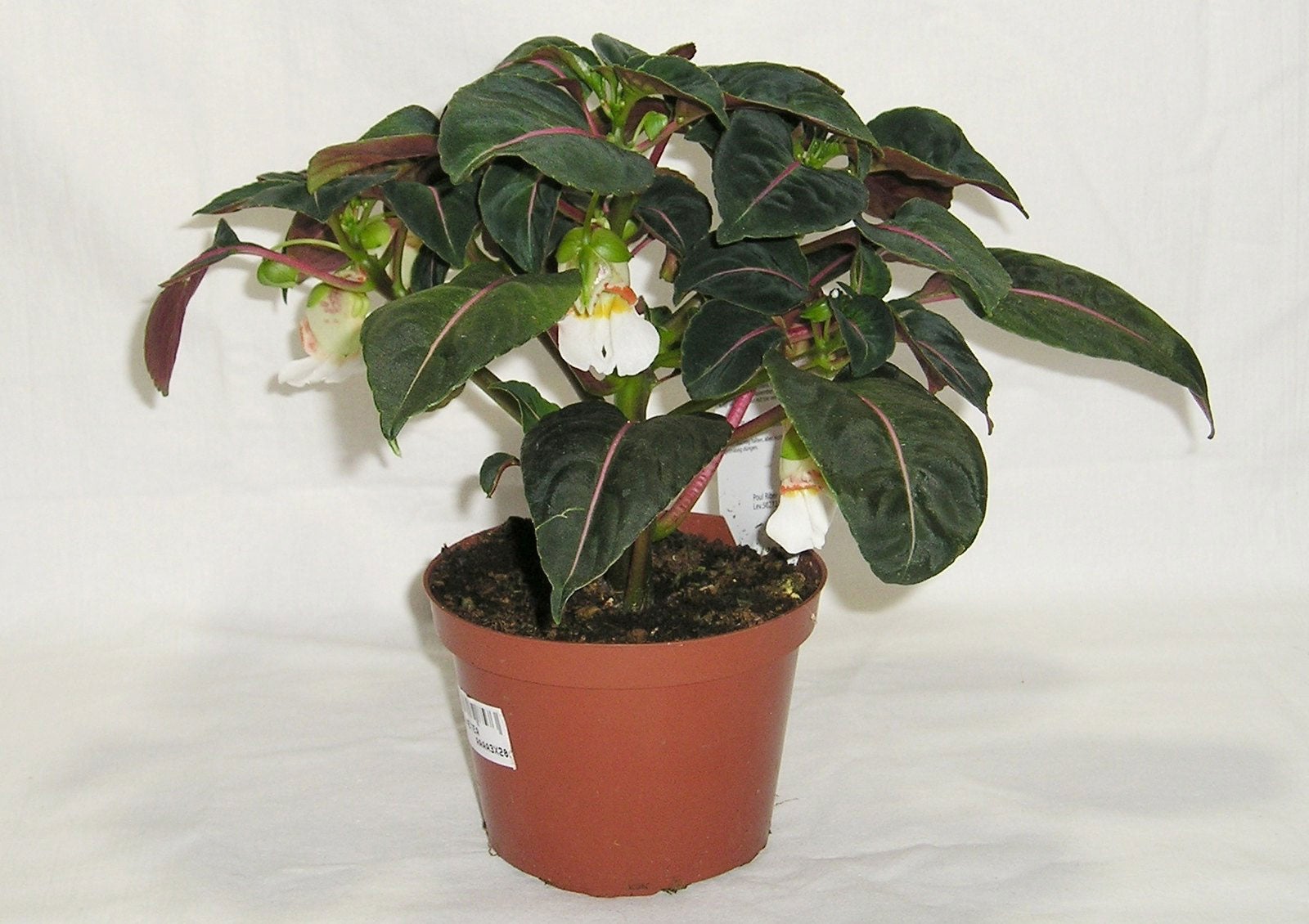

Impatiens are a staple annual flower for many gardeners, especially those with shady spots to fill. These flowers do well in partial shade and come in a variety of colors. If you love the usual impatiens found at most garden centers, try the Velvet Love plant. This variety of impatiens is unique with pretty foliage and flowers. Read on for more Velvet Love impatiens info.
Velvet Love Impatiens Information
Impatiens morsei, also known as the Velvet Love impatiens, or velvetea, is a variety from China that has foliage and flowers unlike most impatiens you’ve seen. It may be difficult to find in your local nursery but is worth tracking down, online if necessary.
The common name comes from the fact that the leaves are a soft, velvety deep green. They are so dark they appear black in certain light. The leaves also have a bright pink stripe down the center and are anchored on pink stems.
Velvet Love blooms are white with orange and yellow markings. They are about an inch (2.5 cm.) long and tubular in shape with colored markings in the throat. Velvet Love impatiens grow upright and quite tall if given the right conditions. They can be as tall as two feet (61 cm.).
Growing Velvet Love Impatiens
This variety of impatiens, like other varieties, is easy to grow. Velvetea impatiens care is simple if you can give the plants their favored conditions. They prefer a warm climate, so for many people, these plants are annuals. If you live somewhere warm, you may get year-round blooms out of your Velvet Love plant.
They also do well with at least partial shade and some humidity. Soil should be rich and kept moist but also needs to drain well. These plants will suck up water, especially during the summer and dry spells.
In addition to growing Velvet Love as an outdoor annual, consider potting it as an indoor plant. If you can keep it moist and humid, this plant thrives in containers and even in a terrarium. The indoor warmth will keep it blooming much of the year too.
Gardening tips, videos, info and more delivered right to your inbox!
Sign up for the Gardening Know How newsletter today and receive a free copy of our e-book "How to Grow Delicious Tomatoes".

Mary Ellen Ellis has been gardening for over 20 years. With degrees in Chemistry and Biology, Mary Ellen's specialties are flowers, native plants, and herbs.
-
 12 Lush Alternatives To A Lawn For Sustainable Spaces
12 Lush Alternatives To A Lawn For Sustainable SpacesAlternatives to a lawn are beautiful and also beneficial to your local ecosystem and its pollinators. Explore our top picks for plants to replace grass.
By Tonya Barnett
-
 Types Of Tomatoes Explained: Explore The Many Wonderful Shapes, Colors, Flavors, & Best Uses
Types Of Tomatoes Explained: Explore The Many Wonderful Shapes, Colors, Flavors, & Best UsesThe world of tomato varieties is vast and fascinating. Learn about the key types to grow in your garden, tailored to your preferences and space.
By Amy Grant
-
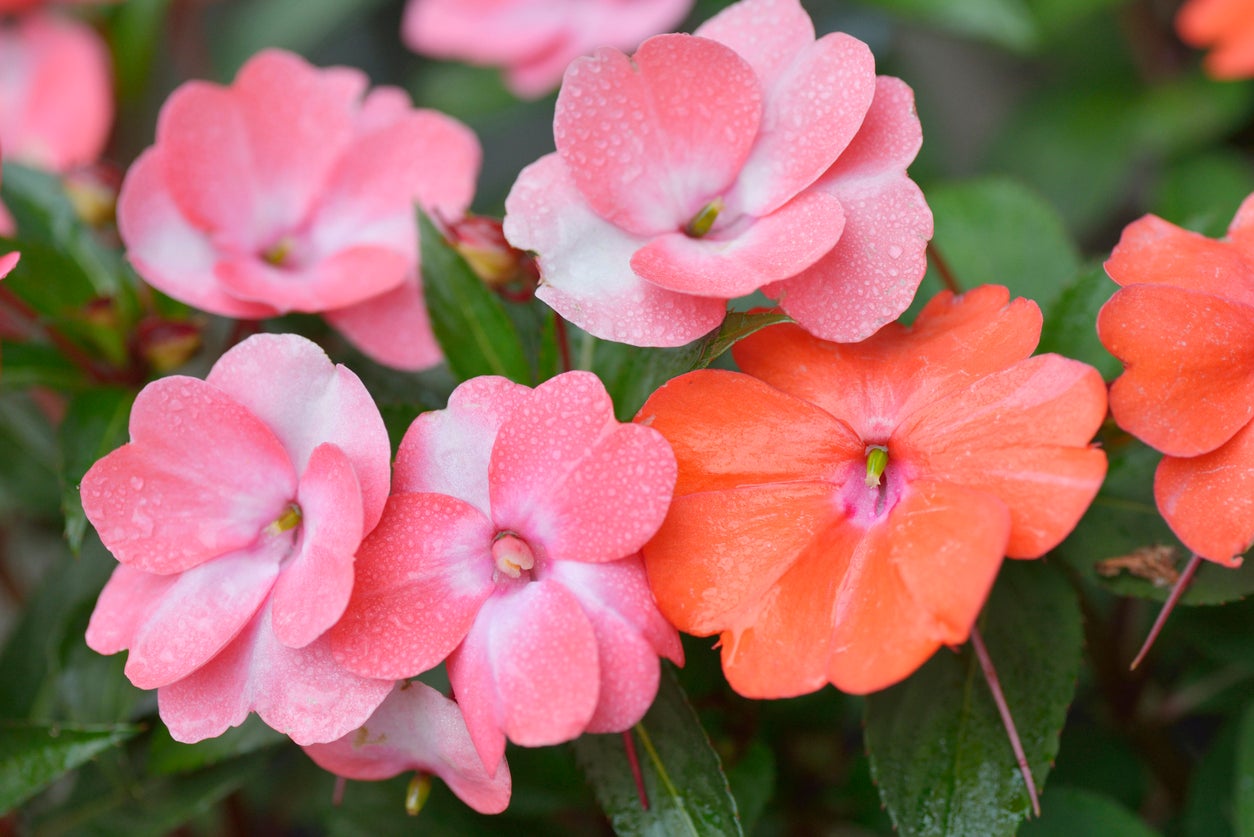 Cutting Back Impatiens: Learn About Pruning Impatiens Plants
Cutting Back Impatiens: Learn About Pruning Impatiens PlantsImpatiens are perfect for filling in those shady areas of beds and the yard where other plants just don’t thrive. They add color and cheer, but impatiens can also become leggy, showing off more stems that blooms. Learn how to cut back impatiens plants in this article.
By Mary Ellen Ellis
-
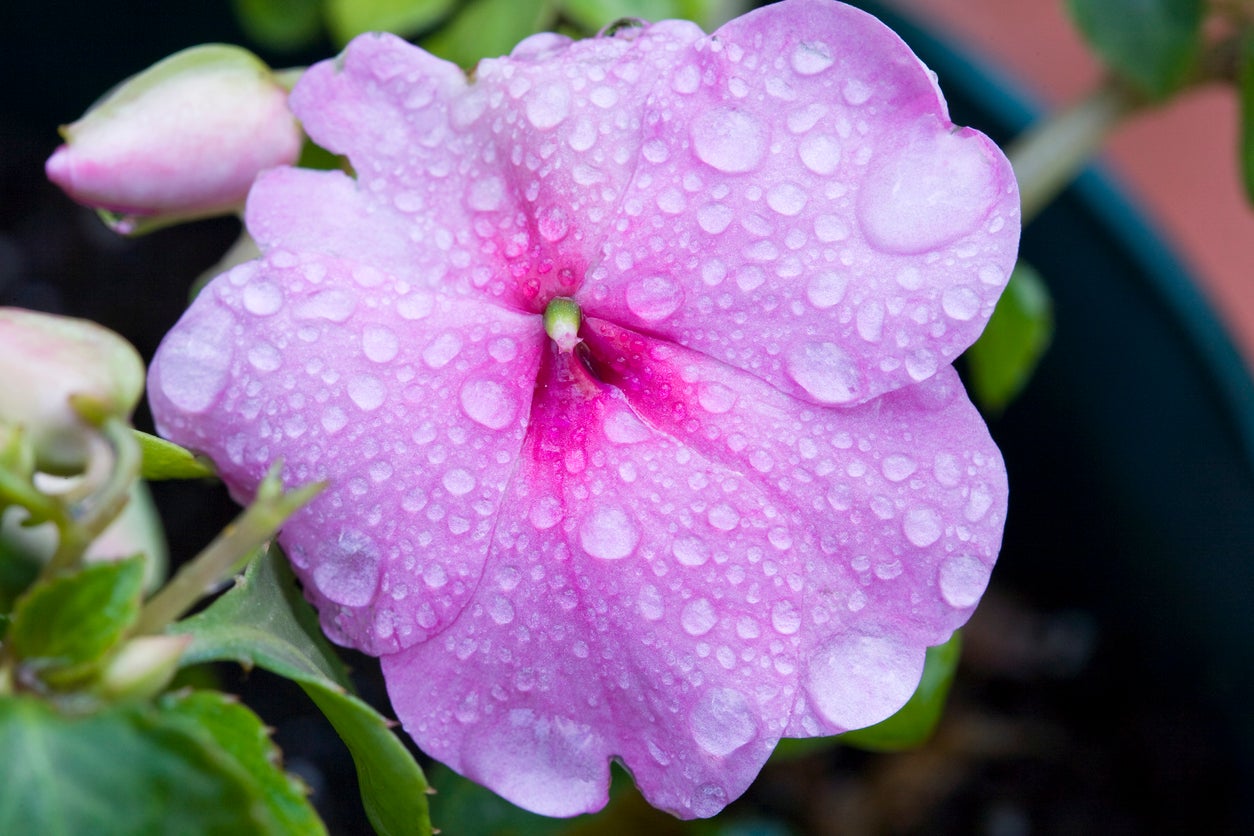 Impatiens Water Needs – Learn How To Water Impatiens Plants
Impatiens Water Needs – Learn How To Water Impatiens PlantsBecause of their preference to grow in partial, afternoon, and/or filtered shade, many impatiens’ water needs are different from sun-loving plants. Learn how to water impatiens correctly in this article. Click here for more information.
By Becca Badgett
-
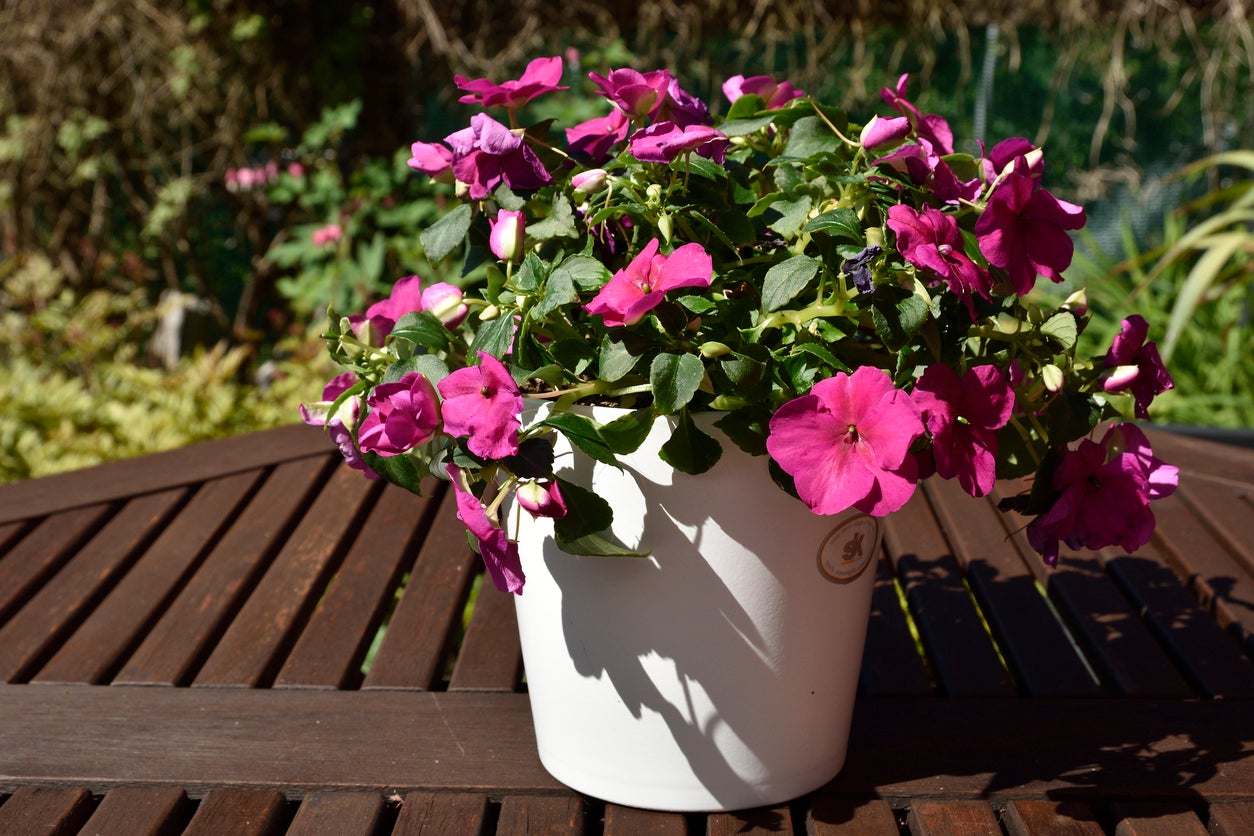 Houseplant Impatiens: How To Keep Indoor Impatiens Plants
Houseplant Impatiens: How To Keep Indoor Impatiens PlantsReadily available in garden centers and at plant nurseries, impatiens are easy to find flowering plants thrive in shady locations. Due to this, impatiens are also excellent candidates for container culture indoors throughout the winter. Click here to learn more.
By Tonya Barnett
-
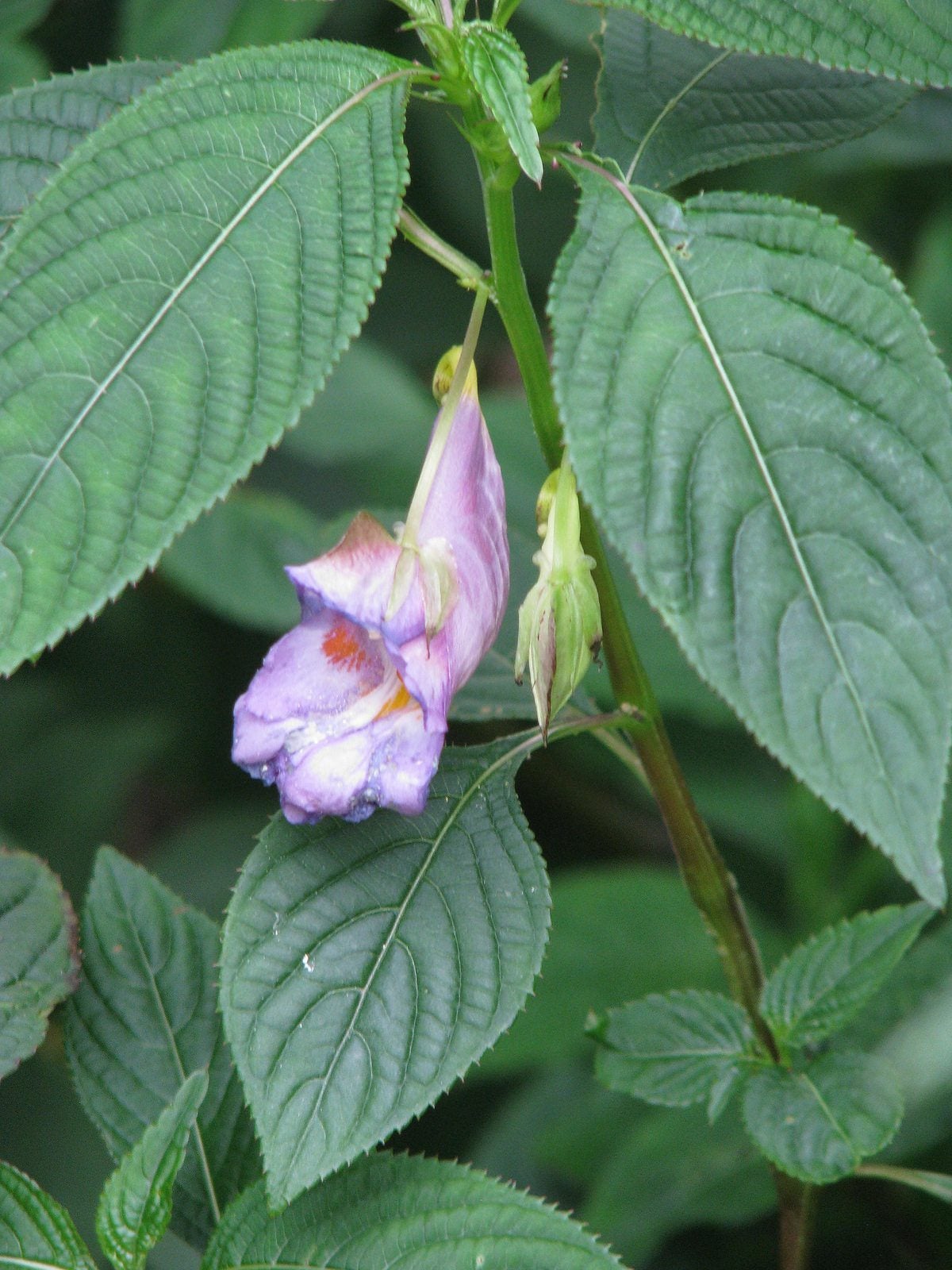 What Is Impatiens Arguta – Tips For Growing Upright Impatiens Plants
What Is Impatiens Arguta – Tips For Growing Upright Impatiens PlantsWhen you hear someone mention impatiens, you probably picture the shade-loving bedding plants or New Guinea types. Toss those pictures out the window because the new, rare varieties of Impatiens arguta are like no impatiens you've ever seen before. Learn more here.
By Darcy Larum
-
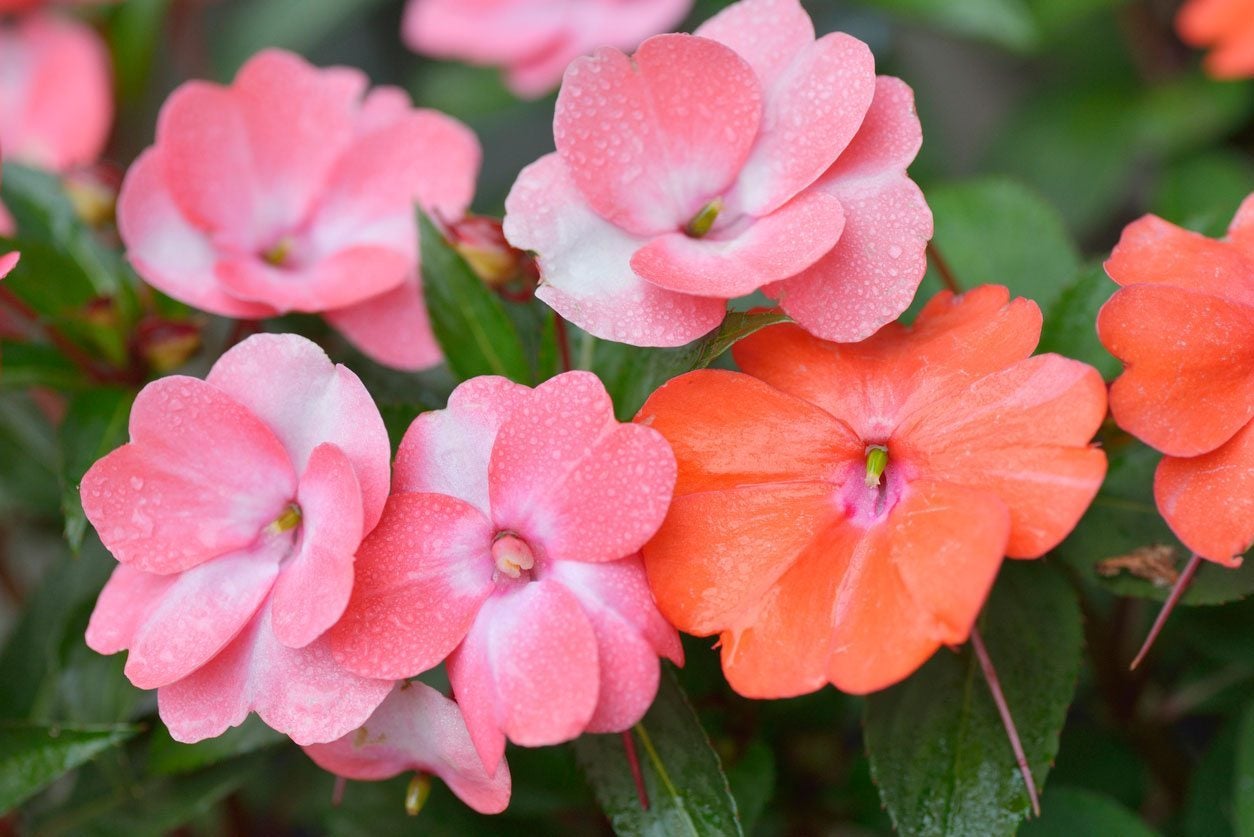 Impatiens Won't Bloom: Reasons For No Flowers On Impatiens Plant
Impatiens Won't Bloom: Reasons For No Flowers On Impatiens PlantImpatiens plants are great bedding and container flowers that ought to bloom reliably all summer long. That?s why it can be especially frustrating if your plants stop blooming or never even start. Learn more about why impatiens won?t bloom in this article.
By Liz Baessler
-
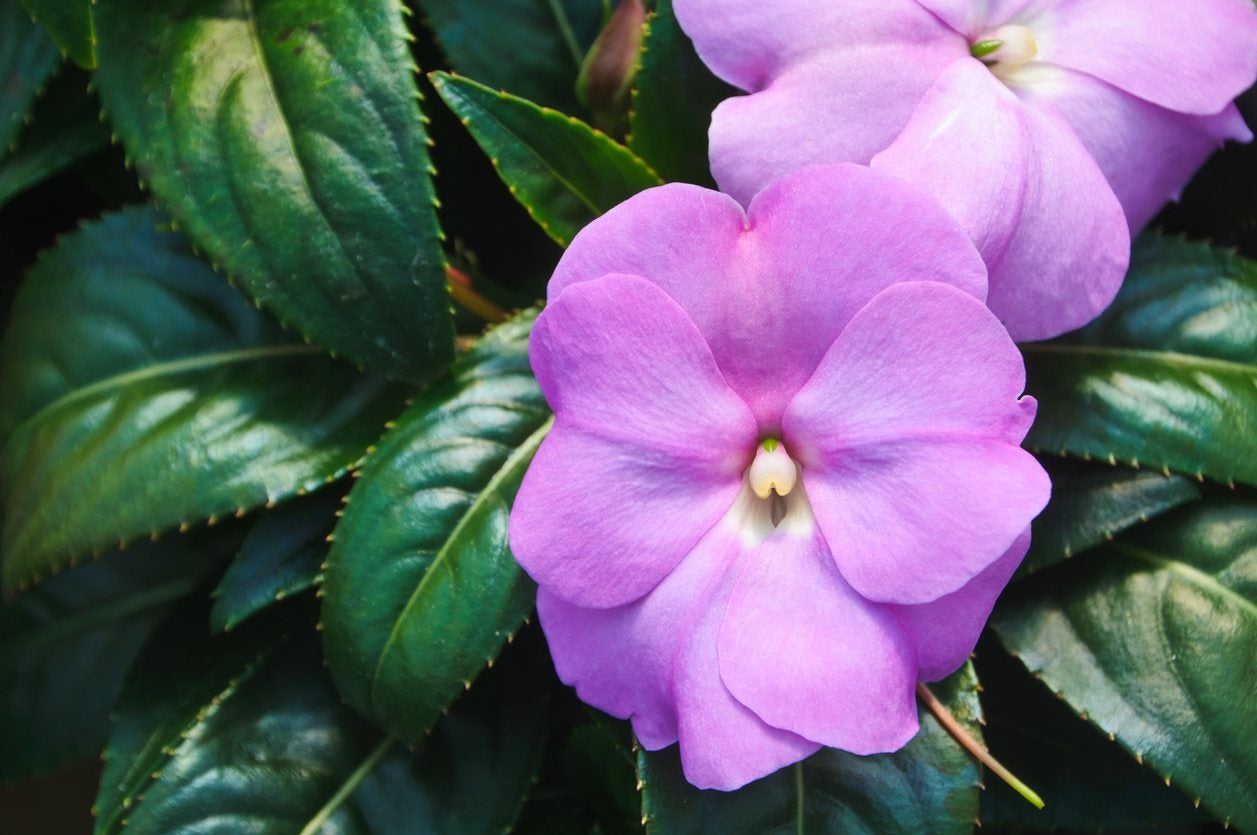 Seed Propagating New Guinea Impatiens – Can You Grow New Guinea Impatiens From Seeds
Seed Propagating New Guinea Impatiens – Can You Grow New Guinea Impatiens From SeedsOne annual favorite that can be quite pricey because of its bright flowers and variegated foliage is New Guinea impatiens. No doubt many of us have considered growing these higher-priced plants by seed. Can you grow New Guinea impatiens from seed? Find out here.
By Darcy Larum
-
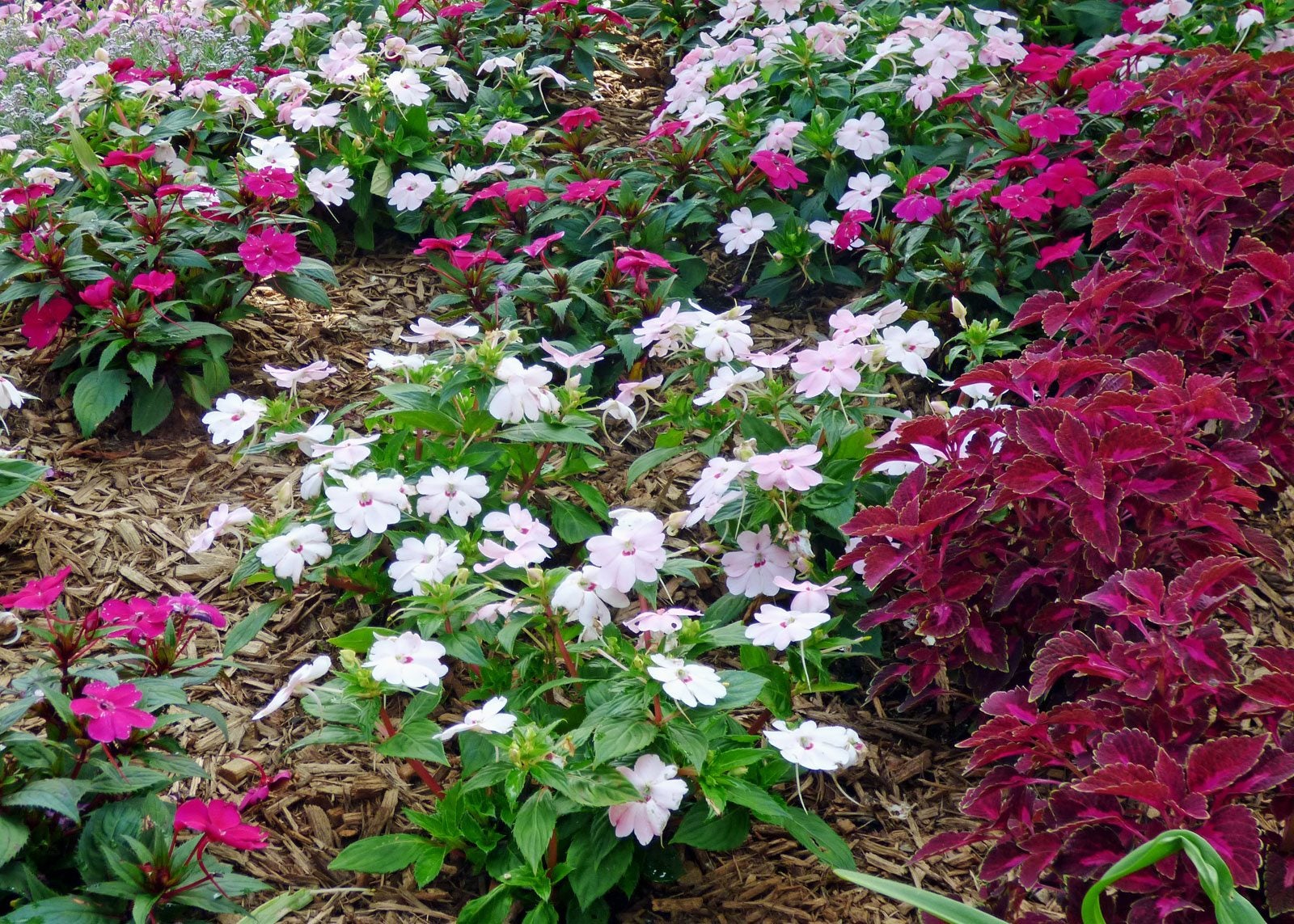 What Are Sunpatiens: How To Plant Sunpatiens In Garden Beds
What Are Sunpatiens: How To Plant Sunpatiens In Garden BedsSunpatiens is a relatively new impatiens hybrid that thrives in full sun and hot, humid weather, greatly expanding the area in which gardeners can spread impatiens color. Click here for information on how to plant sunpatiens and sunpatiens plant care.
By Liz Baessler
-
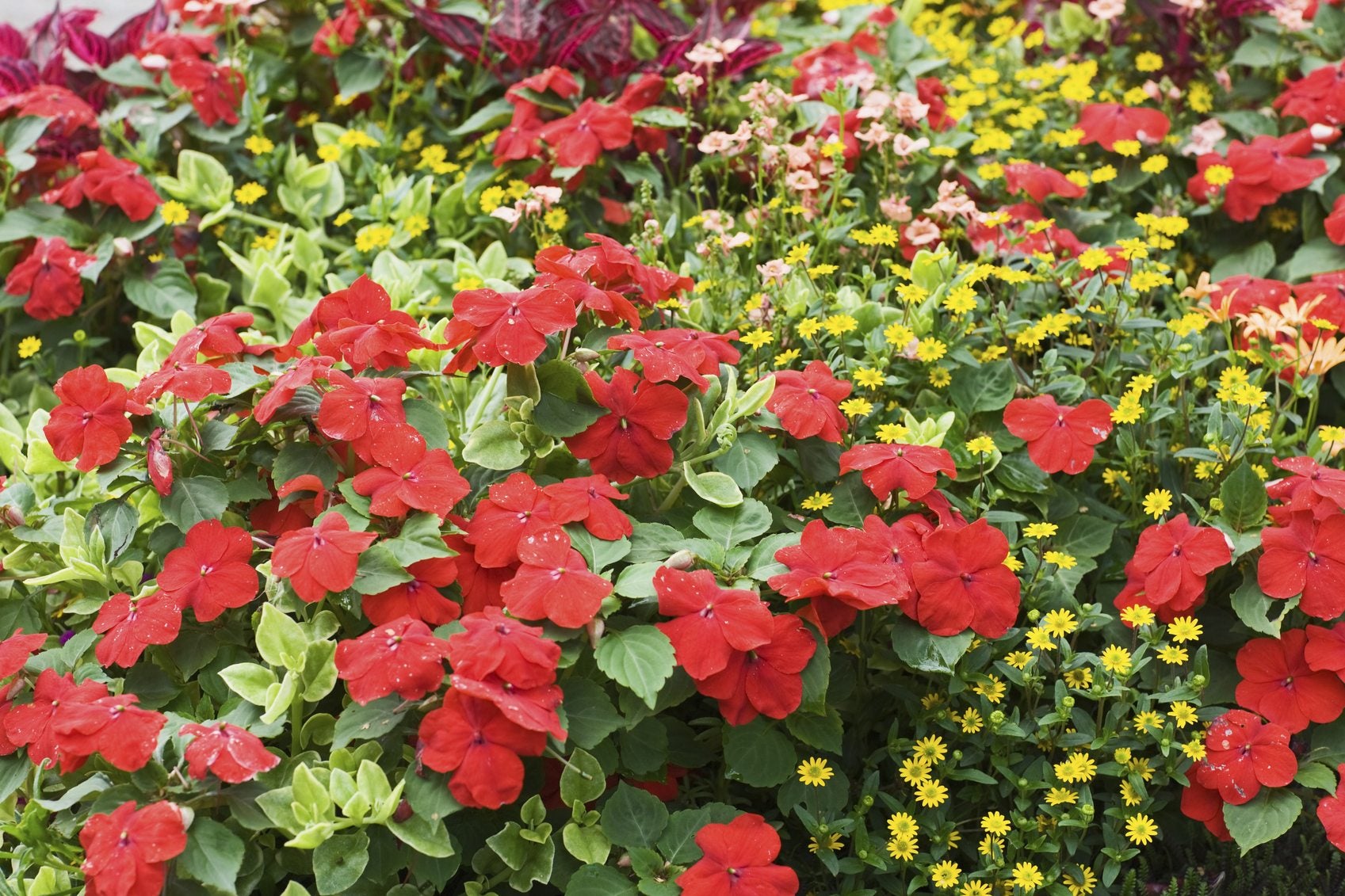 Impatiens Plant Companions – What To Plant With Impatiens In The Garden
Impatiens Plant Companions – What To Plant With Impatiens In The GardenImpatiens attract beneficial insects. As companion plants, the dense foliage of impatiens can keep the soil moist and cool for its companions. Learn more about what to grow alongside impatiens plants using the information from this article.
By Darcy Larum